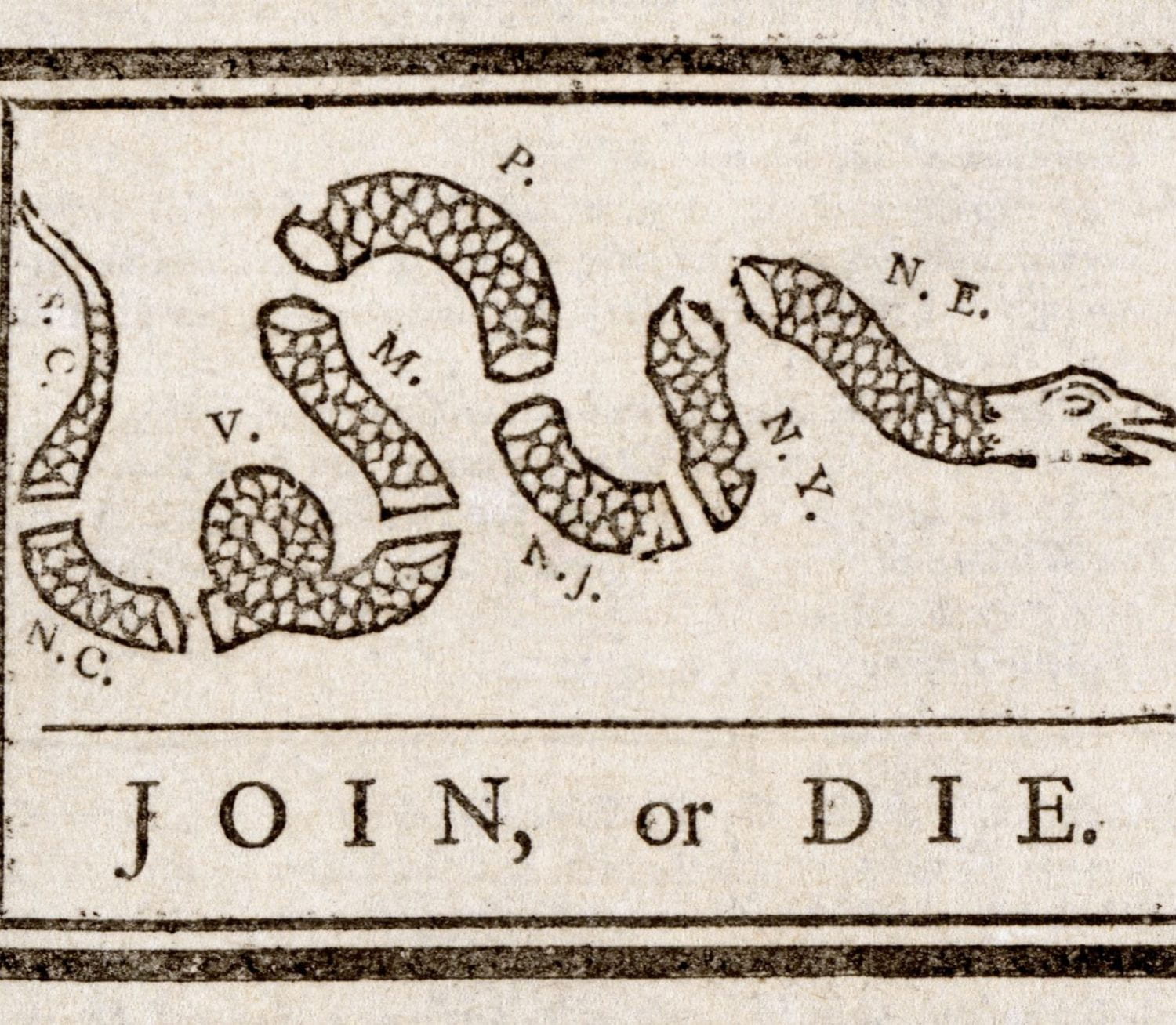
1787 Massachusetts Disqualification Act.
by Tabetha Judy
Originally, my online trip to the archives was pretty overwhelming. Each site that I checked out was packed with information and I had no idea where to begin. But I decided to stick with the Digital Public Library of America and found an easier way to sort through all of the information. On the website, they had sets of primary sources. So I headed there and found that there was an entire collection of primary texts from 1754 to the 1820s. I immediately noticed that there was a set dedicated to Shay’s Rebellion that caught my eye.
This is where I found out that Massachusetts passed a disqualification act in 1787. The act states that anyone who participated in Shay’s Rebellion could not serve as a juror. But through more research on this act, I learned that this went beyond not allowing participants in the Rebellion to be jurors. I learned that participants in the rebellion also lost their ability to vote, were not allowed to serve in town or state government, and were not allowed to go into certain professions for three years. Interestingly, a conditional agreement was created that if any participants pledged allegiance to the state after May 1,1788 then each disqualification in the act would be pardoned.
I did not find the actual text too difficult to read, with the exception of a few oddly spelled words (by our modern standards of course). But it was somewhat clear what the text was stating. I did find the layout of the text to be interesting, as it follows a column newspaper-like pattern. Originally, I found this layout to be a bit odd as from the image I saw, this did not appear to be clipped from a newspaper. But through some more online research, I found out that this did appear in the Daily Hampshire Gazette. It is still unclear if the layout of this act was purposely done for a newspaper, but this helped provide a possible explanation. I was unable to find the conditional agreement that would pardon each disqualification from the act. Which caused me to wonder if there was a separate act passed and how that information was communicated to the public.
This item felt like a perfect match as we just discussed the allusion to Shay’s Rebellion in The Contrast. I also remember us discussing in class how the population of those who were eligible to vote was incredibly small. This act provides even more context to that idea as virtually any government position was unattainable for rebellion participants or anyone who was not wealthy. As well as how voting was so exclusive at this time. I also found it interesting that pledging allegiance would pardon participants from these disqualifications. Since those involved in the rebellion were angry at the government and felt corruption was present in politics, I feel there were probably very few who agreed to those terms. I was unable to find how long this act was in effect or how many participants did agree to the conditions for a pardon which I feel would have made this even more interesting.
While I had some previous experience with digital archives, it was for an education course. So this experience was out of my wheel house and it took me a good bit to get the hang of looking for possible items on the suggested archive websites. The section dedicated to items from the time period for this course was very helpful and I feel I’ve gained a much better understanding of the implications of Shay’s Rebellion. This is a period of history that was often quickly passed over in my previous history courses so I enjoyed exploring the archives and learning more about this interesting act!

